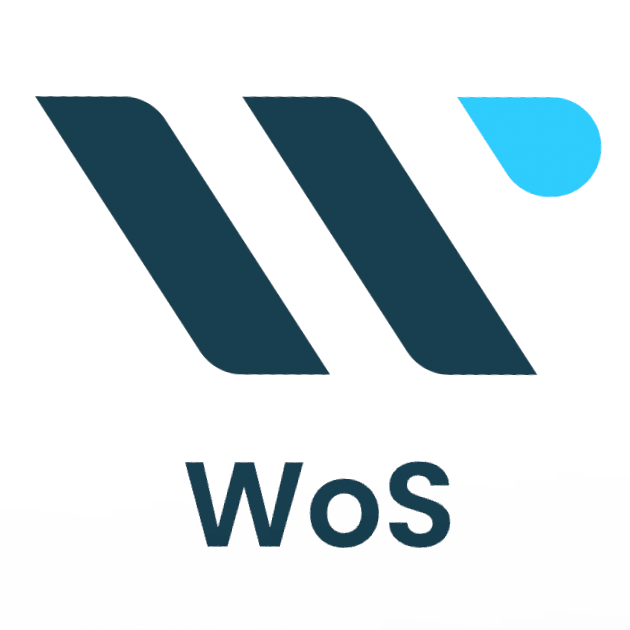The Art Déco Influence in the Modern Turkish Architecture of the Early Republican Period
DOI:
https://doi.org/10.31522/p.30.2(64).2Keywords:
Art Déco, Atatürk, Early Republican period, Modern Turkish architecture, Republican ideologyAbstract
With the proclamation of the Republic, Atatürk, the founder of Modern Turkey, wanted a new model of politics that would bring about the establishment of the “nation state”, also symbolized by architecture. Having decided to make a transition to modern architecture in Turkey, Atatürk invited academics from Germany and Vienna to achieve this. Consequently, by the 1930s, architecture followed a functionalistrationalist path in both public buildings and in residences. Another architectural style that wielded a lot of influence on the trends in the Modern Movement in this period was Art Déco. The plastic effect of mass in Art Déco was accompanied by purism. The purpose of th is article is to explore the characteristics of the Art Déco style in modern Turkish architecture, tracing it back to the 1930s, the time when a culture of architecture first began to form in Turkey, as Art Déco, in combination with rationalism, proved to be an influential force in Republican Turkey. The effect of this style on the composition of structural masses shall be described through examples of public and residential buildings. At the same time, an attempt shall be made to explore the connotations of contemporaneity, progress, technology, and industry as expressed in the vocabulary of the Republican ideology that embraced the mass aesthetic of the formal style that was Art Déco.
Downloads
Published
How to Cite
Issue
Section
License
Copyright (c) 2022 Alev Erarslan

This work is licensed under a Creative Commons Attribution 4.0 International License.
Copyright (c) 2021 authors and journal.
This work is licensed under a Creative Commons Attribution 4.0 International License.
Authors who publish with this journal agree to the following terms:
In agreeing this form, you certify that:
- You read the ethical codex of the PROSTOR available at journal web.
- You submitted work is your original work, and has not previously been published and does not include any form of plagiarism.
- You own copyright in the submitted work, and are therefore permitted to assign the licence to publish to PROSTOR.
- Your submitted work contains no violation of any existing copyright or other third party right or any material of an obscene, libellous or otherwise unlawful nature.
- You have obtained permission for and acknowledged the source of any illustrations, diagrams or other material included in the work of which you are not the copyright owner.
- You have taken due care to ensure the accuracy of the work, and that, to the best of your knowledge, there are no false statements made within it.
- All co-authors of this submitted work are aware of, and in agreement with, the terms of this licence and that the submitted manuscript has been approved by these authors.







